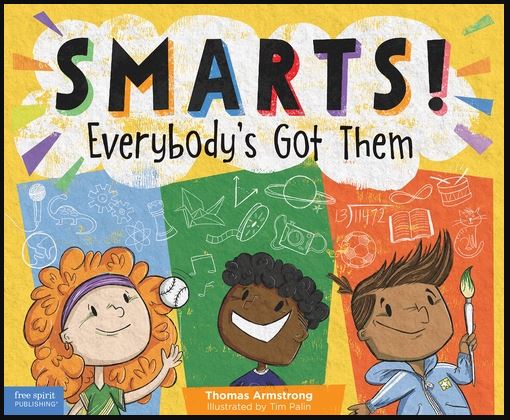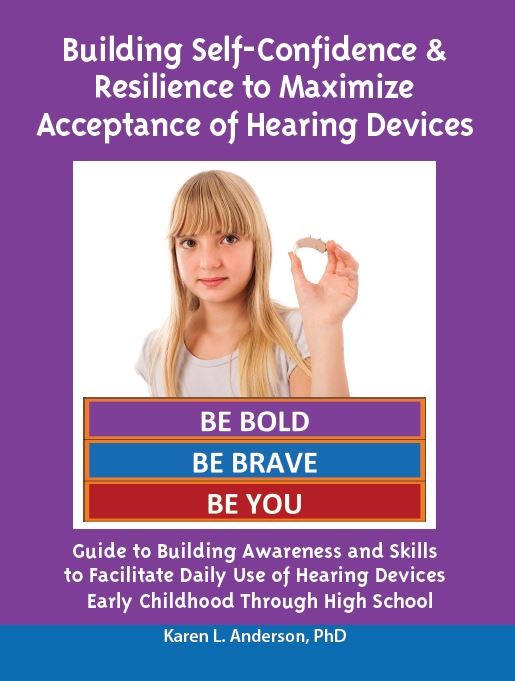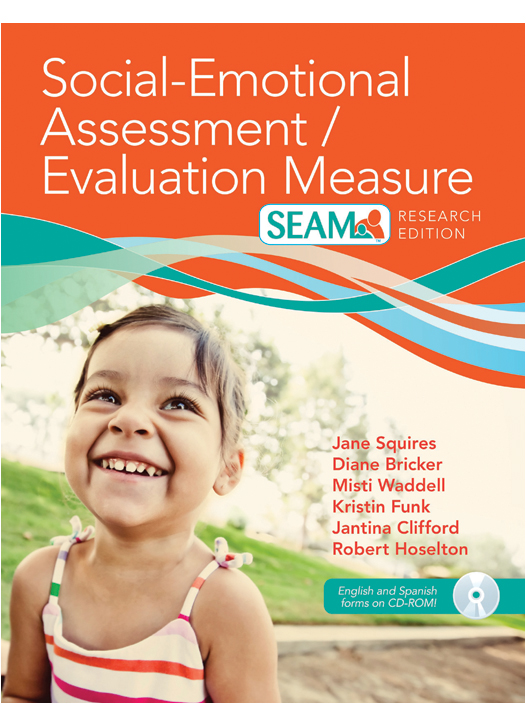Related Products
For Professionals
- Amplification
- Assessment of Student Skills, Challenges, Needs
- Early Childhood: Infants, Toddlers, Preschool
- Hearing Loss – Identification, Impact and Next Steps
- IDEA Law Summary Information
- Language and Speech Development Issues
- Legal Issues in Serving Children with Hearing Loss
- Listening (Auditory Skills) Development
- Planning to Meet Student Needs
- Self-Advocacy Skills for Students with Hearing Loss
- Self-Concept: How the Child with Hearing Loss Sees Himself
- Social Skills
- Speech Perception & Learning
Related Teacher Tools Takeout Items
Self-Identity and Hearing Loss
Children with hearing loss, especially those who have significant residual hearing, often struggle with identity. In quiet they may be able to converse like a person who is hearing. They may consider themselves to be a person with hearing loss or hard of hearing. In increasingly noisy situations they may believe themselves to be hearing impaired or deaf.
I’m not hearing impaired!
A 2003
study of students age 11, 13, 15 who were hard of hearing found that 56% did not identify themselves as having a disability. They may identify themselves as having a hearing problem, but not a disability. Those students who did identify themselves as having a disability were more likely to report feeling lonely or alone than those who did self-identify.
(Kent, B. (2003). Identity issues for hard of hearing adolescents aged 11, 13 and 15 in mainstream setting. Journal of Deaf Studies and Deaf Education 8(3), 315-324)
Struggling ‘one and onlies’
Our identity is built upon the groups we feel a part of as in who you believe you are is defined by the groups to which you belong. With approximately *80% of students with hearing loss spending most or all of their time in the general education classroom AND with about *50% being only the only one or only one of two students in a school with hearing aids/CI, it is not surprising that our students often do not form a healthy identity as a person with hearing loss. (*
Mitchell, R., & Karchmer, M. (2006). Demographics of deaf education: more students in more places. American Annals Of The Deaf, 151(2), 95-104.)
We define who we are by the groups of which we are a part
By connecting with other students with hearing loss, or even being exposed to what other kids say, they can make steps toward feeling okay about their hearing loss. This will contribute to hearing aid retention. As a part of
psychosocial development in the tween and teen years students are trying to figure out who they think they are and who they think their social group wants them to be. When a child is not in regular contact with other individuals with hearing loss it can be difficult, or even impossible, for them to reconcile being a student with a hearing loss among only hearing peers. This is a time when many students choose to try to “pass” without their hearing aids and/or FM, even though they know their learning will suffer. By developing a healthy self-concept that includes the identity of being an “okay kid with hearing loss” students can reconcile being a “one and only” student with hearing loss without the need to discontinue hearing aid use.
A flexible and fluid identity
We all have a right to choose our own identity. This includes persons with hearing loss not choosing to consider their hearing loss as a defining aspect or trait of self, or only doing so in some contexts (i.e., with some groups or in some listening conditions). Thus, having conversations with the tween or teen about their identity and its flexibility under different conditions is critical if they are to recognize the importance of disclosing that they have a hearing loss and advocating for their communication needs, which is at the heart of self-determination.
To be self-actualized individuals who advocate for ourselves we have to know how we define ourselves and be able to convey that to others.
Megan Kemmery, PhD, Volta Voices, Nov/Dec 2014.
Resilience to challenges – “It’s a hard time right now, but I can get through it.”
Children with hearing loss must learn to bounce back from challenges, including mis-hearing directions, not being able to access peer discussions and even teasing about wearing hearing devices. Persons who have the traits of perseverance, resilience or ‘grit’ tend to be more successful than those who do not show these traits. Choosing to endure rather than desist is a choice that an individual must work to sustain over time. Grit requires not just motivation to achieve something important but also sticking to that goal when tempted to give up. Students who choose the identify of a ‘typical kid that happens to have a hearing loss’ will be able to achieve ‘typical’ only by overcoming difficulties through the use of technology, accommodations and self-advocacy skills. For more information on perseverance read
here or watch Research My Relevant YouTube video
here or a summary of a
grit curriculum.




